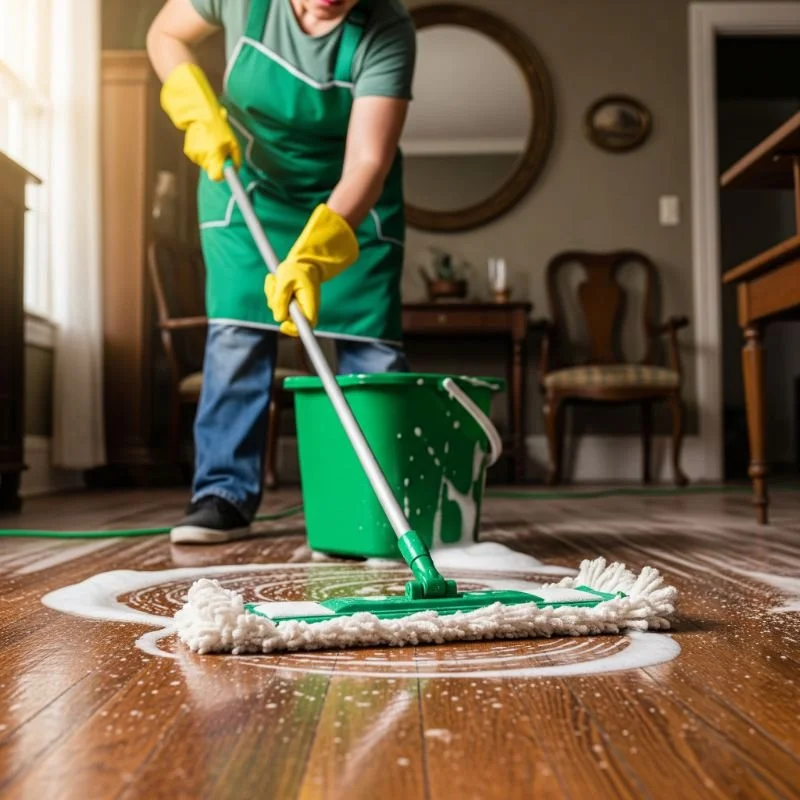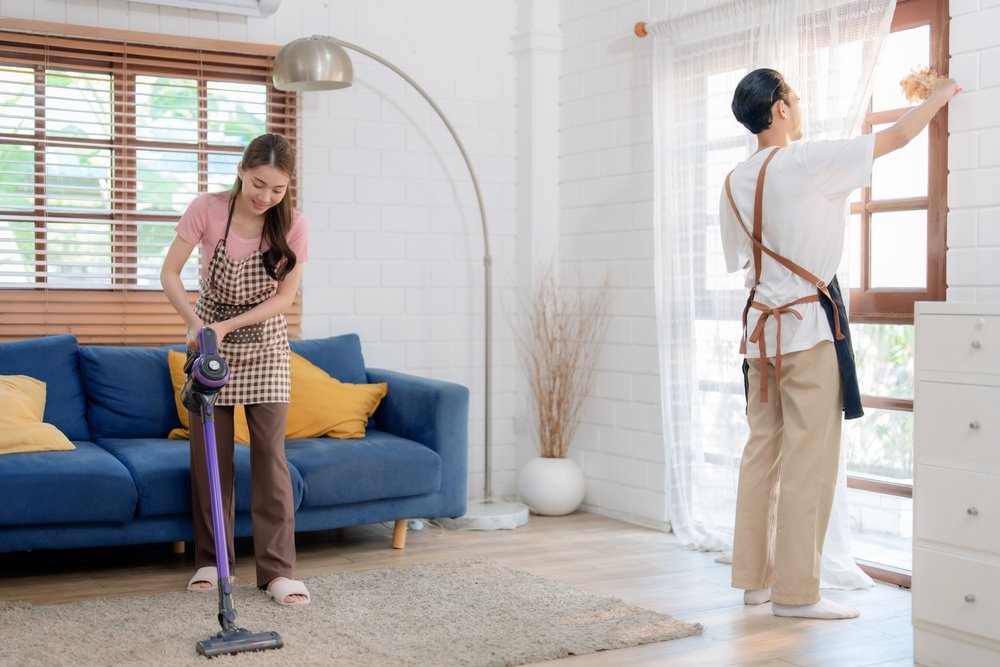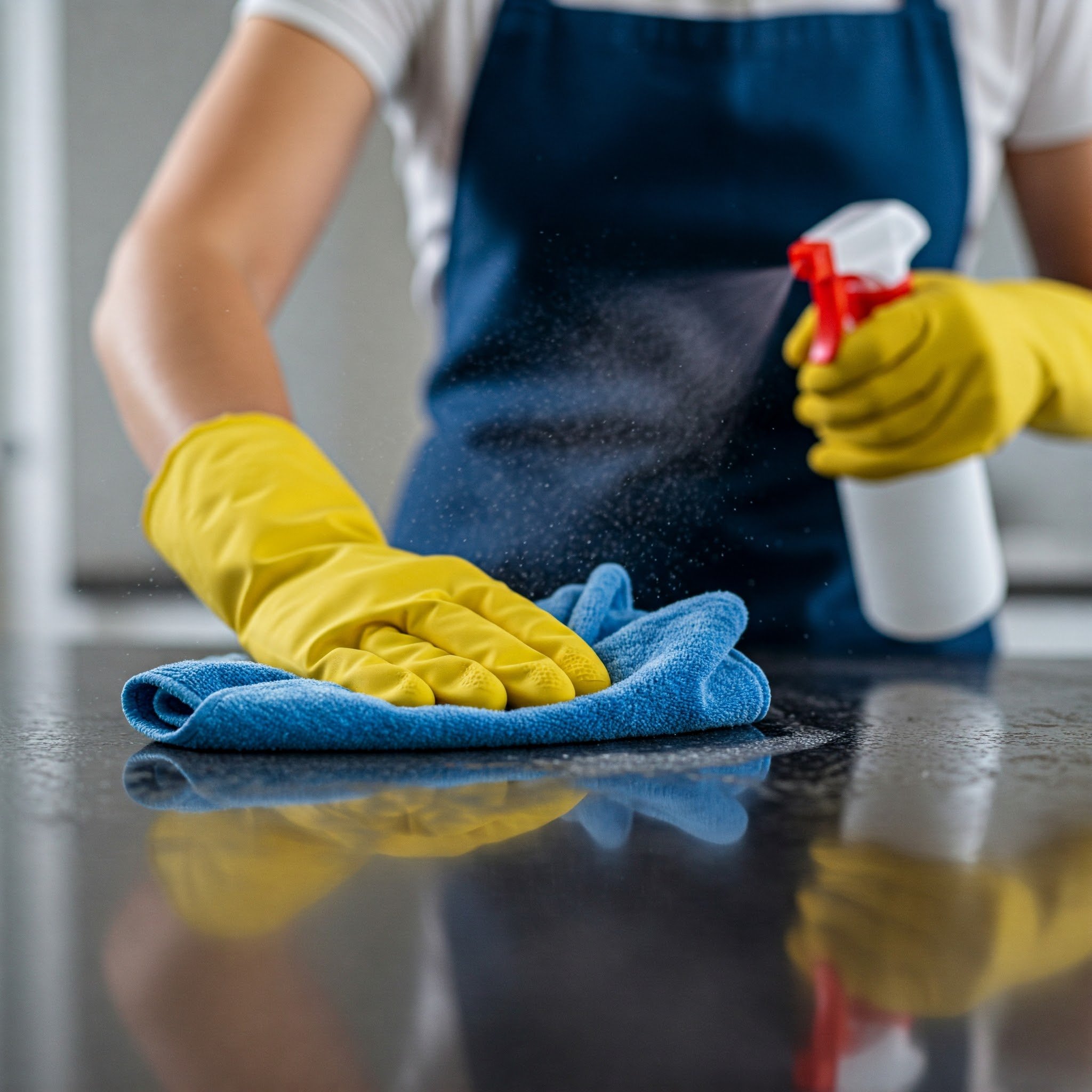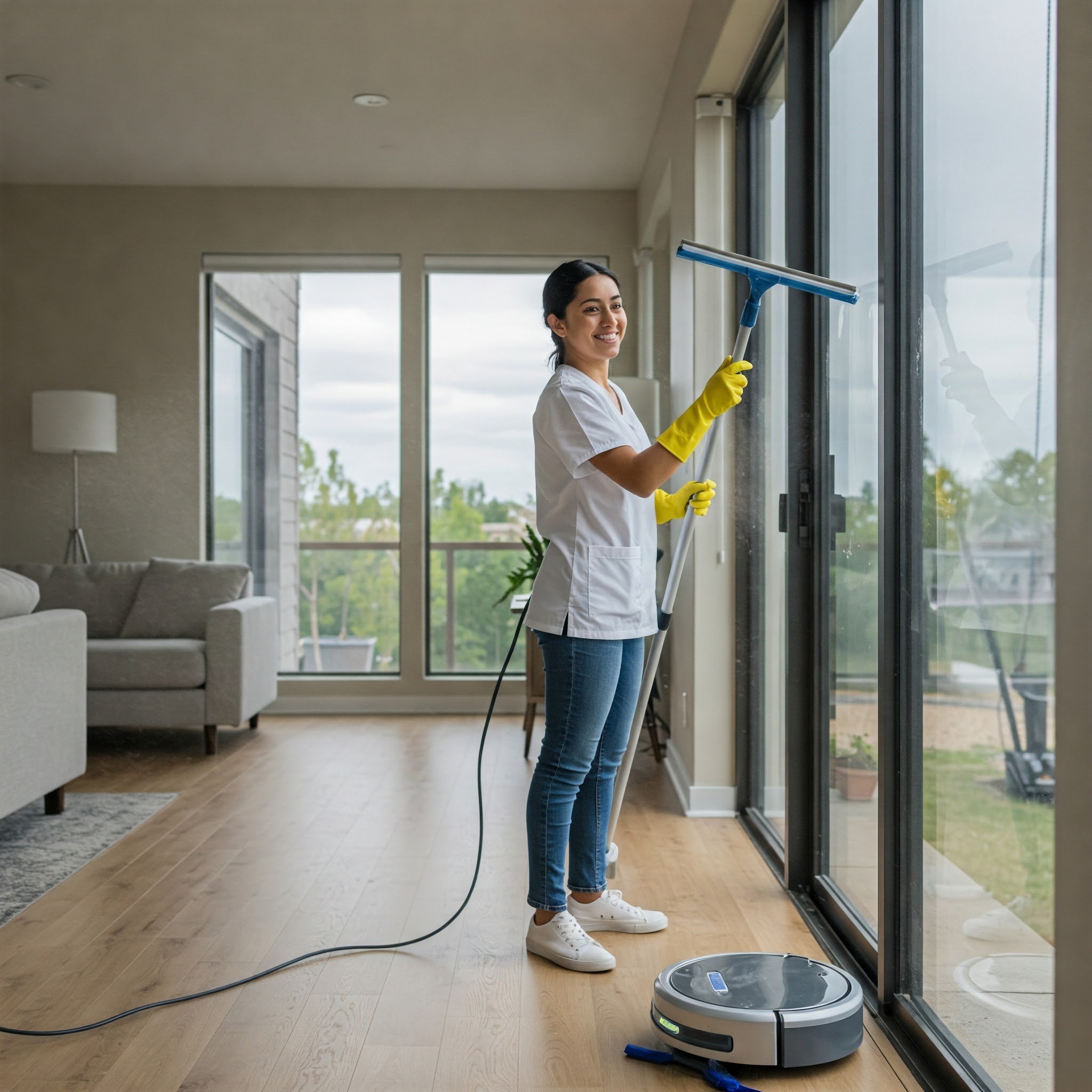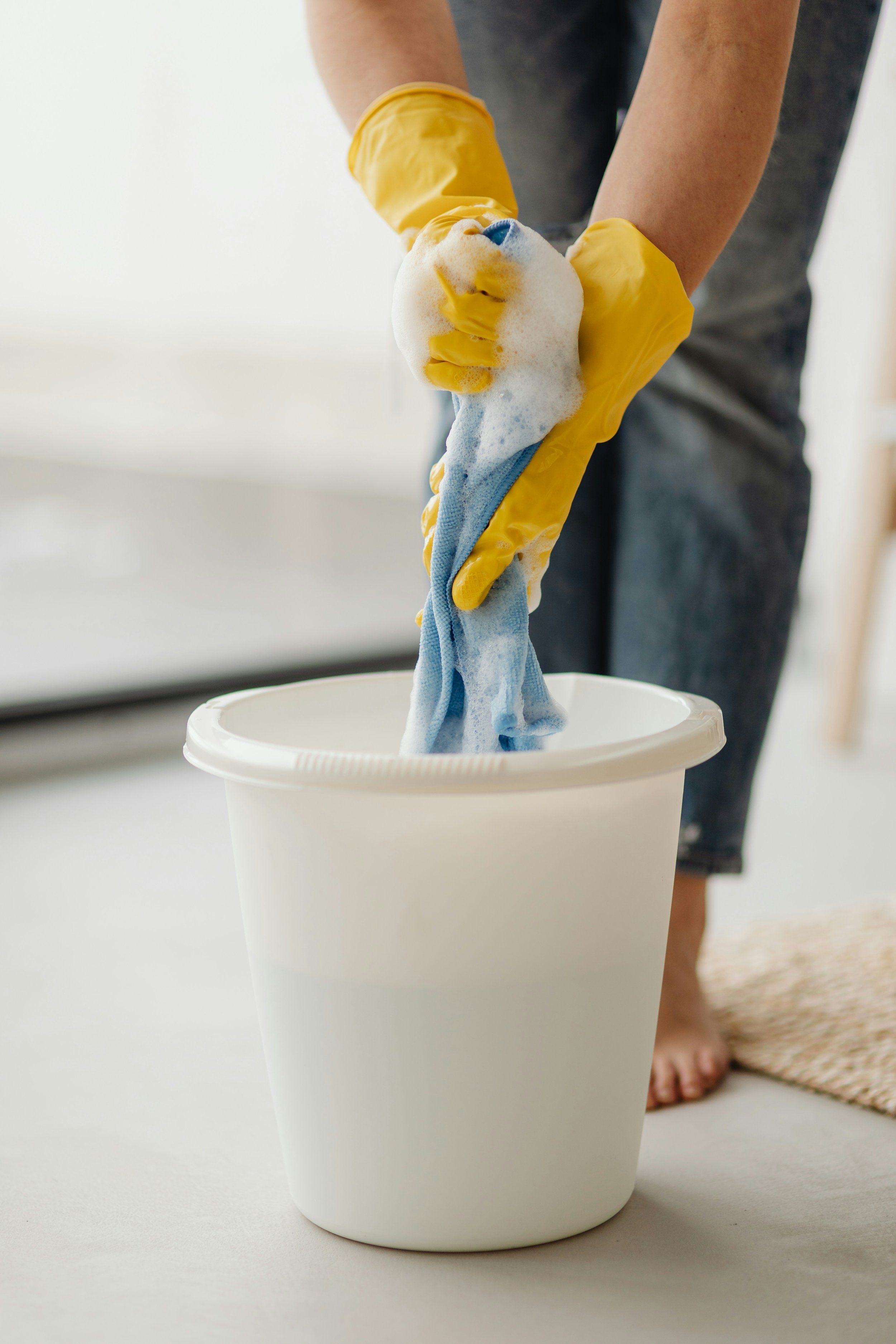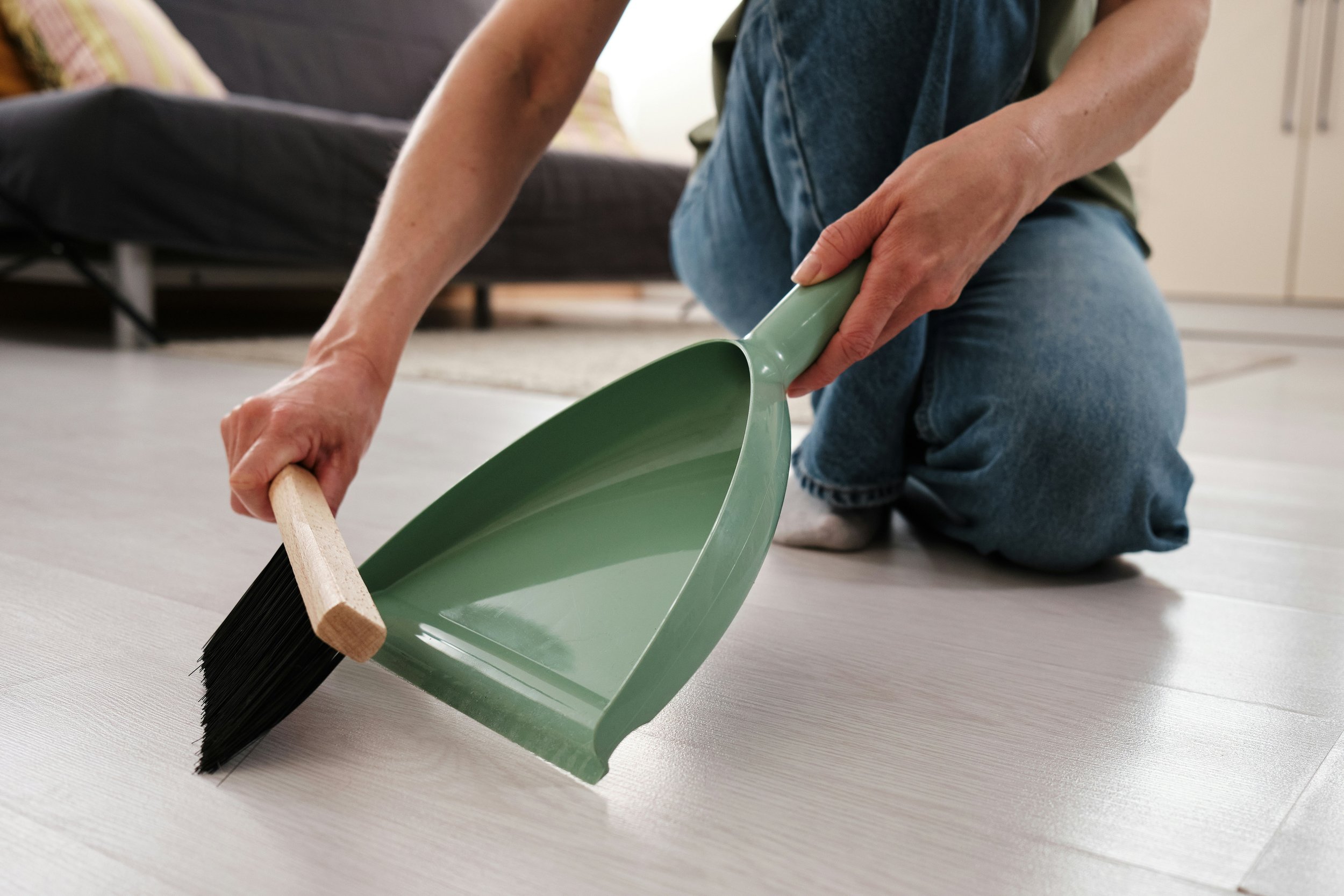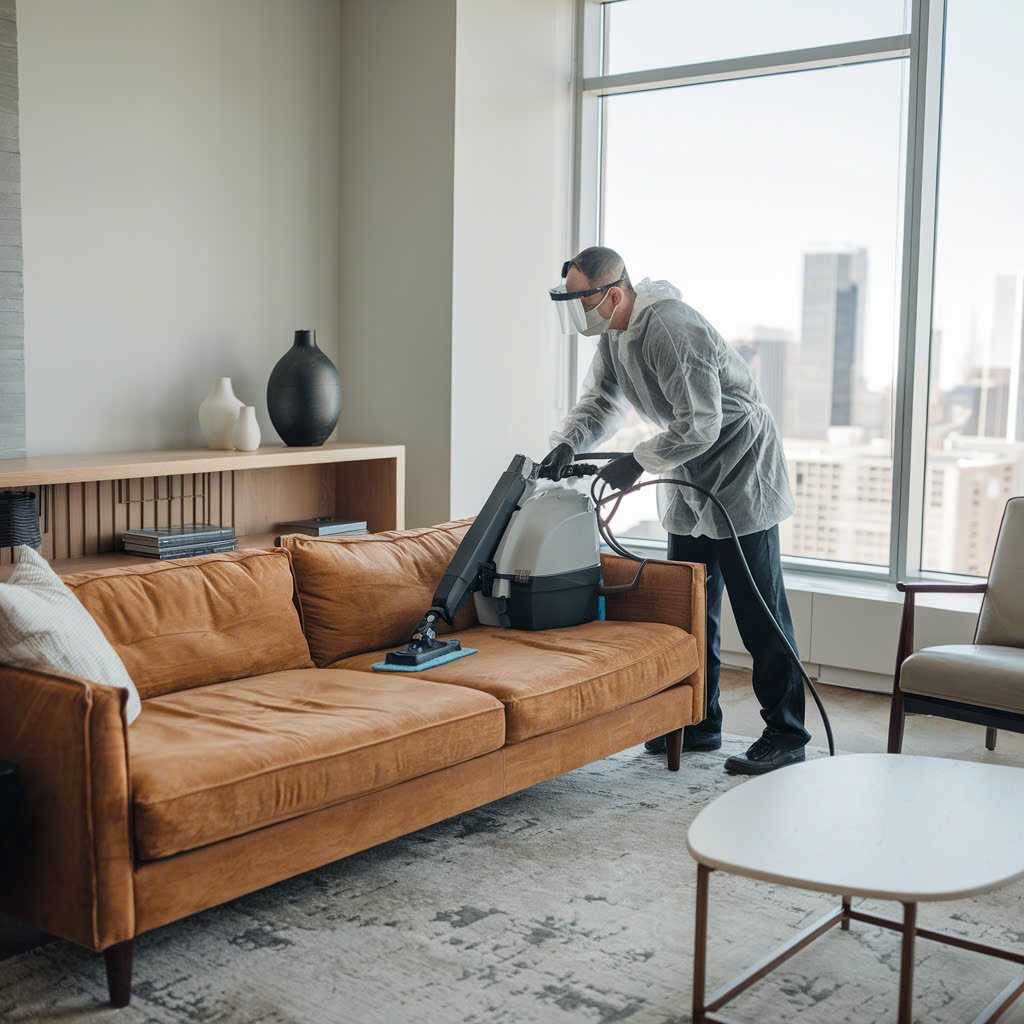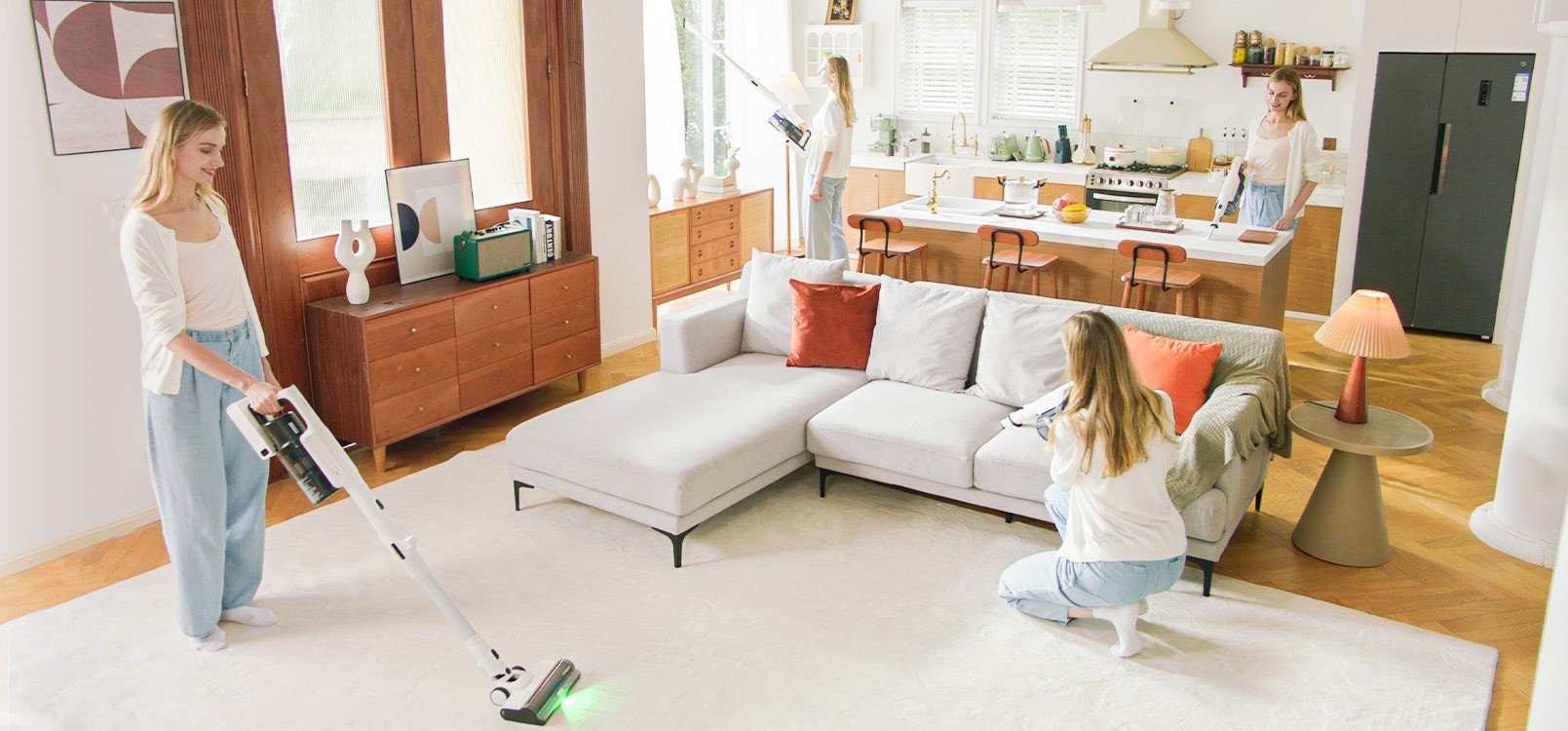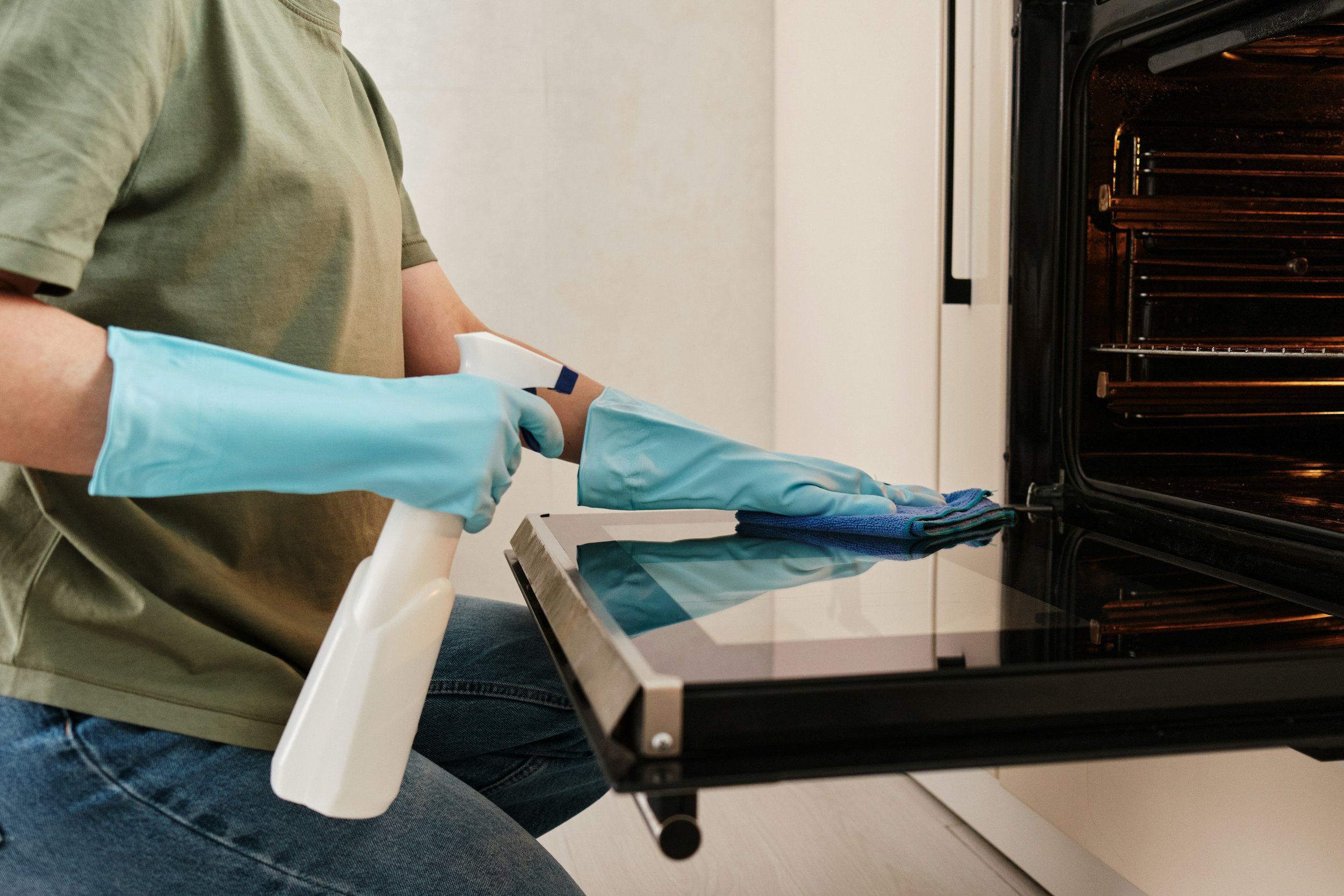6 Deep Cleaning Tips That Preserve Your Home Decor
Protect your home decor while achieving a spotless space with these 6 deep cleaning tips that focus on care, materials, and lasting beauty.
Even the most Pinterest-perfect home has secrets hiding under the sofa cushions and behind the curtains. That sheen on your wood floors? It might be dust in disguise. And those vibrant throw pillows? Let’s just say they’ve seen things.
Deep cleaning is your secret weapon for giving your space a real reset without putting your favorite pieces at risk. But here’s the catch—going at it with the wrong spray or a heavy hand can turn a glow-up into a disaster.
This isn’t about scrubbing harder. It’s about cleaning smarter, with techniques that treat your home decor like the treasure it is.
Ready to uncover the deep cleaning tips your decor will actually thank you for? Stay close. You’re just a few smart moves away from spotless and stylish.
6 Deep Cleaning Tips That Protect and Preserve Your Home Decor
1. Dust Before You Scrub And Use the Right Tools
Dust may look harmless, but once it mixes with moisture, it becomes the gritty culprit behind scuffed wood and dull finishes. That’s why dry dusting should always be your first move before bringing out any sprays or scrubbing tools.
Begin from the top of the room, tackling ceiling fans, cabinet tops, and high shelves. Let gravity work with you, not against you. A microfiber cloth or electrostatic duster will lift and trap particles without scattering them across the room.
Delicate surfaces like picture frames, polished tables, and baseboards benefit from soft-bristled brushes that won’t leave scratches behind. Using rough tools or skipping dry dusting altogether can result in micro-abrasions that wear down finishes over time.
Think of dusting as the prep work that preserves your furnishings and gives the rest of your cleaning routine a solid foundation.
2. Consult Professionals for Specialty Surfaces
Some surfaces just aren’t meant for guesswork. One wrong swipe on a polished stone countertop or antique cabinet, and suddenly you’re left with a cloudy mark that no amount of scrubbing will fix. That’s why specialty surfaces call for a more thoughtful approach.
Rather than taking risks with delicate materials, consider reaching out to local cleaning experts in Denver who are trained to work with high-end finishes and fragile decor. They understand when to bring out a pH-neutral solution, when to skip oil-based products, and how to approach surfaces that blend materials, like a wood-and-metal coffee table or framed canvas with mixed textures.
Even confident DIYers can benefit from a second opinion when dealing with hand-painted walls or vintage lacquered furniture. A professional touch can help preserve your home furnishings and keep them looking their best without the stress of trial and error. Sometimes, knowing when not to clean something yourself is the smartest move you can make.
3. Use Low-Moisture Methods on Delicate Upholstery
That plush velvet armchair or heirloom linen loveseat may look sturdy, but when it comes to deep cleaning, water is not always its friend. Oversaturating delicate upholstery can leave behind more problems than it solves, from water stains to trapped dirt that clings to leftover moisture.
Low-moisture methods are your go-to when dealing with soft fabric care. Think upholstery-friendly foams, dry shampoos, or gentle solvent-based sprays. These products clean without soaking the fabric, helping preserve its texture and color.
Before applying anything, give the piece a once-over with your vacuum using a soft fabric attachment. This lifts surface dirt and preps the fabric for a deeper clean. Always test a small hidden area first to make sure there’s no discoloration or weird texture change.
With a little care, you can deep clean regularly without harming your favorite reading chair or those cozy dining cushions. It’s all about technique, not just effort.
4. Be Gentle with Framed Artwork and Wall Hangings
Framed artwork doesn’t just sit pretty on your walls—it tells a story, holds memories, and deserves more than a careless wipe. Whether it’s a family portrait or a gallery-worthy piece, the wrong cleaning move can smudge, streak, or worse.
Rather than spraying directly onto the glass or frame, dampen your microfiber cloth first. This gives you full control and keeps excess moisture from sneaking into corners or behind the frame where it doesn’t belong. Ornate edges or detailed carvings? A soft brush can reach into those grooves without leaving a scratch.
Stay away from harsh chemicals like ammonia. Over time, they wear down protective finishes and dull the materials. And if you're dealing with raw wood or canvas, skip moisture altogether. Even a barely damp cloth can distort the texture or leave stains behind.
5. Rotate and Refresh Rugs, Not Just Vacuum Them
There’s more to rug care than running a vacuum once a week. If your favorite rug always sits in the same spot with the same foot traffic and sunlight, it’s quietly wearing down in all the wrong places.
One easy trick that makes a big difference is rotating your rugs every few months. This helps distribute wear evenly and prevents one side from fading faster under direct sunlight. For deeper upkeep, use rug-safe cleaners that suit your material or schedule a professional cleaning once a year.
Spot testing is a must before using any product, especially on hand-woven or antique rugs. High-pressure sprays can cause damage by loosening fibers or backing glue, so gentler methods are always safer.
Don’t overlook the base layer either. Rug pads help reduce friction with the floor and keep everything in place, which adds years to your rug’s lifespan.
6. Focus on Hidden Areas That Affect Overall Cleanliness
Many of the dirtiest parts of your home are the ones playing hide-and-seek. That narrow strip behind the curtain? It’s practically a dust resort. The space under your dresser? A forgotten world of fuzz, crumbs, and who knows what from last winter.
Hidden areas may not make your guests gasp in awe, but they quietly decide how fresh your space feels and how long your décor lasts. Dust hiding out of sight often mixes with moisture, and that combination wears down surfaces over time or invites mold without sending an RSVP.
Tackle these sneak zones using slim vacuum tools or bendable dusters that glide into tight corners and under furniture without needing a full-room shuffle. You don’t have to lift the couch to clean behind it, but ignoring those areas completely can cost you more in the long run.
Conclusion
Your home’s decor doesn’t need a battle plan. It needs a bit of finesse. Deep cleaning isn’t about going full force with chemicals and scrub brushes. It’s about using the right tools, knowing when to step in gently, and recognizing when it’s smarter to call in the pros.
From rotating rugs to brushing off picture frames like they’re museum pieces, every small action adds up to long-term beauty. You’re not just removing dirt, you’re protecting the personality of your space.
So the next time you deep clean, clean like your decor has feelings. Because in a way, it kind of does.




